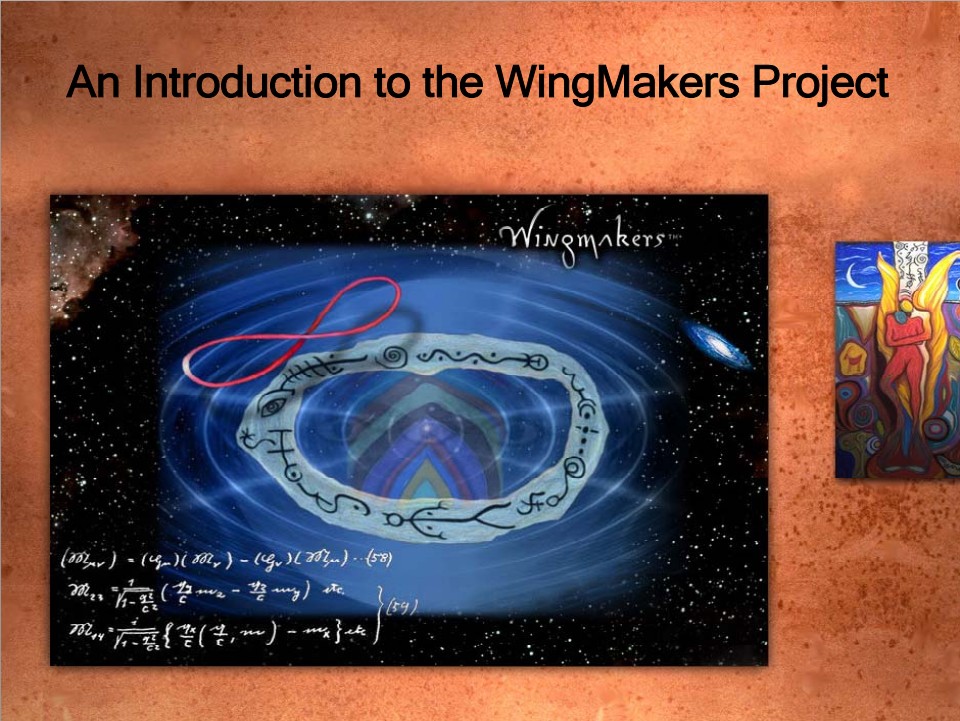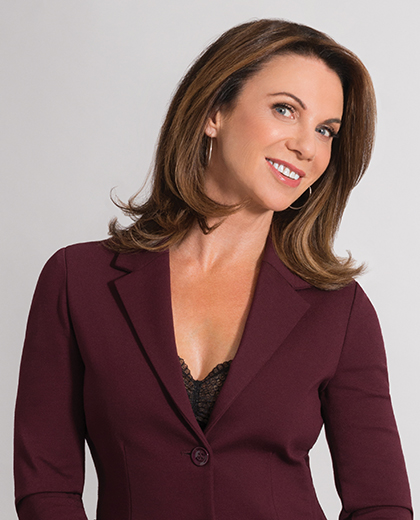
The commenters referred to each other as " Gypsies", and discussed two different types of "people" living in outer space. They commented on Jessup's ideas about the propulsion for flying saucers, discuss alien races, and express concern that Jessup was too close to discovering their technology. The book was filled with handwritten notes in its margins, written with three different shades of blue ink, appearing to detail a debate among three individuals, only one of whom is given a name: "Jemi". Jessup's book The Case for the UFO: Unidentified Flying Objects to the U.S.

Allen sent an anonymous package marked "Happy Easter" containing a copy of Morris K. The story of a "Philadelphia Experiment" originated in late 1955 when Carl M. 2.1 Misunderstanding of documented naval experiments.Navy maintains that no such experiment was ever conducted, that the details of the story contradict well-established facts about USS Eldridge, and that the physics the experiment is claimed to be based on is non-existent. : 300–301 Several different, and sometimes contradictory versions of the alleged experiment have circulated over the years in paranormal literature and popular movies. Allen's account of the event is widely understood to be a hoax. Navy research organization and, a little later, a series of letters making further claims to a UFO book writer. The story first surfaced in late 1955 when Allen sent a book full of hand written annotations referring to the experiment to a U.S.


Navy attempted to render invisible the destroyer escort USS Eldridge and the bizarre results that followed. Allen described an experiment where the U.S. Allen at the United States Navy's Philadelphia Naval Shipyard in Philadelphia, Pennsylvania, United States, sometime around October 28, 1943.

The Philadelphia Experiment was an alleged event claimed to have been witnessed by an ex- merchant mariner named Carl M.


 0 kommentar(er)
0 kommentar(er)
